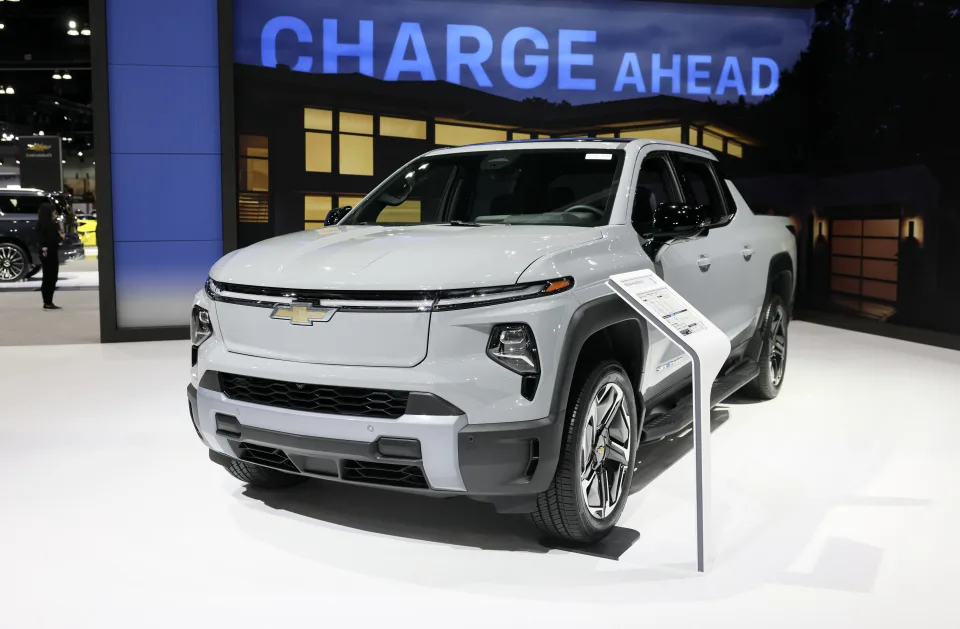As the US auto industry prepares for 2025, automakers are navigating a mix of opportunities and challenges. With projections indicating a modest rise in vehicle sales, driven by inventory adjustments and slightly declining vehicle prices, manufacturers are refining strategies to adapt to evolving market dynamics. Here’s a look at what lies ahead for major automakers and their plans to sustain growth amidst a shifting landscape.
1. US Auto Market Overview
- Sales Projections: S&P Global Mobility predicts US auto sales will reach an annualized rate of 16.2 million units in 2025, up 1.2% from 2024.
- Market Dynamics: Declining vehicle prices, sticky inflation, and careful inventory management are expected to shape the industry’s trajectory.
- Consumer Preferences: Hybrids and electrified vehicles continue to gain traction, while traditional gas-powered models maintain demand in specific segments.
2. Major Automakers’ Plans
- General Motors (GM):
- 2024 Performance: Strong sales in trucks, SUVs, and EVs, with a 25% stock price increase fueled by share repurchase programs.
- 2025 Initiatives: Launching new EVs, including the Cadillac Vistiq and Chevrolet Bolt EV. Challenges include potential impacts of tax credit changes under the Trump administration.
- Concerns: Write-downs in China and winding down the Cruise robotaxi business may affect profitability.
- Ford:
- 2024 Challenges: Supplier issues and EV business losses led to a scaled-back profit outlook.
- 2025 Focus: Updates to the Mustang and Transit van, alongside hybrid-driven models like the F-150 PowerBoost and Maverick pickup.
- Execution Risks: Management must address warranty costs and stabilize supplier issues to meet market expectations.
- Stellantis:
- Performance Issues: Sales slumped in 2024, with inventory mismanagement and price cuts to clear backlogs.
- 2025 Strategy: Launching new models like the all-electric Dodge Charger Daytona and Jeep Wagoneer S, alongside hybrid Ram 1500 Ramcharger.
- Challenges: Addressing production and demand misalignments remains critical.
- Toyota:
- 2024 Success: Electrified vehicle sales surged 58% year-to-date, driven by popular hybrid models like the Camry and RAV4.
- 2025 Plans: Introducing the hybrid-powered 4Runner SUV to cater to growing demand.
- Competition: The upcoming Honda-Nissan merger could present a long-term competitive challenge.
- Volkswagen (VW):
- 2024 Struggles: Declines in Europe and China, combined with EV development delays, weighed on performance.
- 2025 Outlook: Limited new launches, with an all-new Tiguan hybrid not arriving until 2026. The ID.4 EV saw a 50% drop in Q3 sales.
- Future Prospects: Scout Motors’ adventure EVs and hybrids could offer a lifeline, though they won’t debut until 2027.
The US auto market in 2025 presents a complex mix of optimism and challenges. While projections indicate modest growth, automakers face hurdles in aligning supply chains, adopting electrification, and managing inventory. Companies like Toyota and GM, with strong hybrid and EV portfolios, are well-positioned, while others, like VW and Stellantis, must address critical gaps to maintain competitiveness. As the industry evolves, strategic adaptability will define success for automakers in the years ahead.










